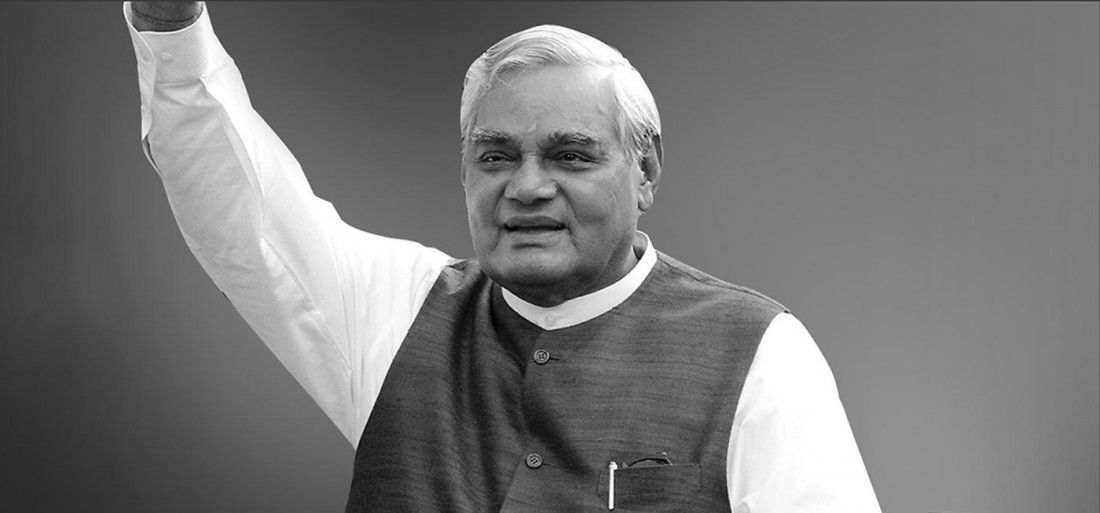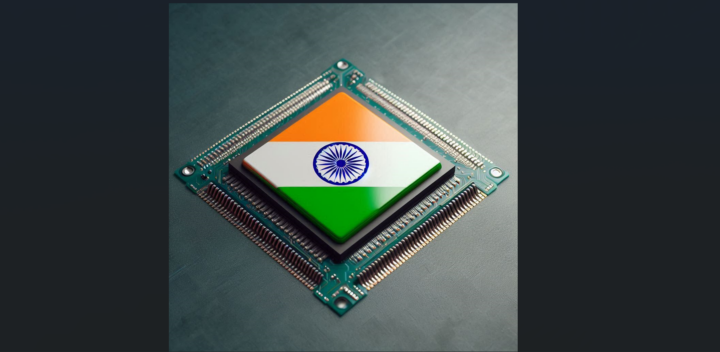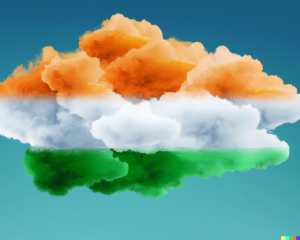A tall statesman, a passionate patriot, a shrewd visionary – are some of the ways India will remember India’s former Prime Minister, Atal Bihari Vajpayee, as the nation mourns the demise of its 10th Prime Minister. The man whose speeches could arouse audiences and whose poetry could weave emotions, was also a prolific diplomat and economic visionary, whose work still reflects in India’s trade relations. Following are some of his works.
Trade
Having a special affinity for the Indian diaspora, Vajpayee met the Indian community on all his foreign tours. He not only founded a High Level Committee for the Indian Diaspora but also worked on the Committee’s recommendations, such as establishing a distinct ministry for overseas Indian affairs.
In 1998, in spite of the Commerce Ministry’s resistance to enter a free-trade agreement with Sri Lanka, Vajpayee went ahead with it. Experts still say that that decision aided in opening the deadlock on South Asian Free Trade Agreement, which was signed in January 2004.
DBS Report Projects India Will Surpass US in GDP by 2030 But Challenges Remain
Just as his predecessor, P.V. Narasimha Rao, paved the way for economic freedom for India, Vajpayee foresaw the problems that might come from the geopolitical rivalry between India and China and accordingly planned investments so that India’s connectivity was maintained, safeguarding the country’s economic engagement in the region on a broad level.
For example, the Chabahar port in Iran and the decision to enter the tripartite agreement of building rail connectivity between Iran and St. Petersburg in Russia, was part of Vajpayee’s vision. These decisions helped India gain back its land connectivity in the region, which it had lost after Partition. The Chabahar port, after several delays, is ready to open in 2019 and is expected to push India’s trade.
He also planned rail and national highway connectivity among the North-Eastern State capitals, so that the ASEAN maintained connections through the North-East. Among his plans in this area, the Sittwe port in Myanmar and the trilateral highway from Moreh (Manipur) to Mae Sot in Thailand through Myanmar, can be counted. He also started a small rail-link between Petrapole (India) and Benapole (Bangladesh), and bus services from Kolkata and Agartala to Dhaka.
Diplomacy
In February 1999, Vajpayee took the first bus to Lahore from Delhi and signed the Lahore Declaration with the then Pakistani Prime Minister, Nawaz Sharif. The Kargil war dampened the effort, but in July 2001, Vajpayee welcomed General Pervez Musharraf to the Agra summit. In the 2004 SAARC summit in Islamabad, Vajpayee and Musharraf began the semblance of a composite dialogue process.
During the time that he was prime minister, India stabilized post-Pokhran ll relations with the US, Pakistan and China. In 2003, India and China made a joint declaration aimed at amiable bilateral relations and collaboration. With his visit to several South-East Asian countries and his focus on closer trade relations with ASEAN, Vajpayee strengthened the Look East policy.
US Ambassador Kenneth I Juster told the Businessline that Vajpayee and George W Bush improved Indo-US relationship, which were somewhat cooler before. Speaking at a discussion on “Evolution of US India relationship” with Lalit Mansingh, former Foreign Secretary of India and Ambassador to the US, Juster said, “The Indo-US relationship used to be at an arm’s length before the times of Vajpayee and Bush, who took the relationship to a new level.”
The Bengaluru Connection
With a special connection with Bengaluru, Vajpayee inaugurated several significant projects there, such as ITPL, Bengaluru Metro, and the suspension bridge at KR Puram. One of his known quotes on Bengaluru was, “IT is not Information Technology, but it is India Tomorrow. Let a hundred Bangalores Bloom!”
Aviation
During Vajpayee’s tenure, several developments took place in the aviation sector, which still impact it. A committee, headed by former Cabinet Secretary Naresh Chandra, looked into issues such as initiating domestic airline flights on international routes, hence breaking Air India and Indian Airlines’ monopoly. The committee came up with an eight-chapter report on fiscal issues, airports, private sector participation in aviation, and air traffic control, which is still referred in the Indian aviation sector.
As part of the report, Vajpayee announced an open-sky agreement with the regional grouping in an Association of South East Asian Nations (ASEAN) meeting in Bali in 2003. With this announcement, airlines from the regional grouping started daily flights with all the metro cities in India, a business that still continues.
Also, the Indian government signed an open-sky agreement with Sri Lanka, allowing access to South Asian Association for Regional Cooperation (SAARC) countries in the Indian skies. This led the Sri Lankan Airlines to become the largest foreign carrier operating flights to and from India.
The Vajpayee-led government also followed a limited open sky policy for the winter months, so that foreign airlines could operate more flights and were not impacted by bad weather, especially in North India.
Pokhran ll
It was during his tenure, on May 11, 1998, that India conducted nuclear tests, which included testing a thermonuclear device, which is the equivalent of a hydrogen bomb, surprising the media and the US. While Vajpayee had shown his strength as a leader who could function well in a coalition, the nuclear tests brought worldwide condemnation and economic sanctions, especially the US, Pakistan, and China.
Under Vajpayee’s leadership, the Indian government achieved new feats in diplomacy by bringing about normalcy in relations with these countries within two years. As a result, former US President Bill Clinton signed a document titled, ‘A Vision for the 21st Century’, during his visit to Delhi in March 2000.
India’s Challenges with Sustainable Farming
Roadways
Vajpayee contrived a dedicated financing model of imposing a cess on diesel and petrol in 1998-99, to ensure flow of funds to strengthen the highway network in the country. This model received a boost through the Parliament Act, with which the Government launched a non-lapsable dedicated fund for National Highways Development Project, under the Central Road Fund Act 2000.
This flow of funds in due course resulted in a tremendous growth for the progress of the overall highways ecosystem in the country by increasing the flow of goods and people on the road network. The excess amount has been increased since and has reinforced the fundraising process of highway building agencies.
Privatisation
Vajpayee’s term from 1999 to 2004 is being called the golden age of privatisation of public Sector Undertakings (PSUs), because he took the political risk of privatising them. By creating a Department of Disinvestment, which was later promoted to a ministry led by Arun Shourie and Pradip Baijal, a slew of privatisation deals saw fruition, such as Bharat Aluminium Co Ltd, CMC Ltd, Hindustan Zinc Ltd, HTL Ltd, and Indian Petrochemicals Corporation Ltd.












